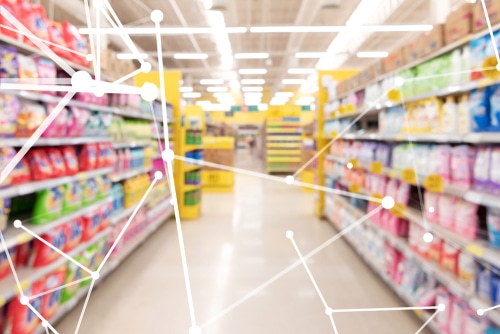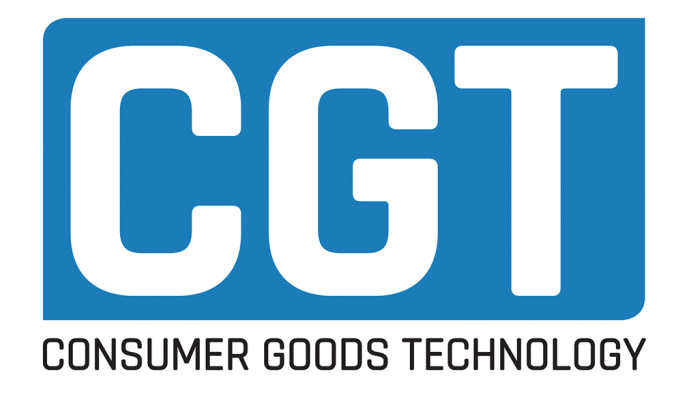
The stakes for shelf space are high, and the competition for it is fierce. Optimizing space is complex and nuanced, but using the right tools to analyze space elasticity helps CPGs win big.
Your brand of tomato ketchup – does it have a high sales velocity because of its huge on-shelf presence, or would it achieve the same sales with half the space? Does it need two facings or three? These questions have perplexed retail and brand leaders for decades. When a CPG has hundreds or even thousands of products in a single retail store, spacial decisions are crucial to maximizing sales and building brands. Position on shelf can be the difference between winning and losing, and CPGs often pay significant fees to retailers to secure prime shelf positions.
Optimizing space is complex and nuanced: too many facings could be a waste of space, whilst too few could mean risk of out-of-stocks and lost sales. There are many variables to consider when it comes to space elasticity and demand, and the top considerations are both quality and quantity of space. Space quality can include factors such as in-store location, shelf height, and which other products are in proximity. According to Nielsen, there were 20,000 new product launches in the US between 2008-2013, but 85% failed and stole spaces. In 2017, out-of-stocks led to $54 billion of missed opportunity.
So what is space elasticity exactly? Put simply, it’s the relationship between rate of sale and space allocation, but it varies across different products and categories. Elastic products show a substantial increase in sales when more space is given to them. As you allocate more space to elastic products, a point of diminishing returns is reached, where the sales increase rate drops dramatically. In contrast, inelastic products show little or no increase in sales when more space is given to them. To maximize your returns, you want to hit a sweet spot, and that can be challenging.
Optimization of this across all your SKUs can represent millions of dollars in additional revenue. With inelastic SKUs, you have the opportunity to maintain sales even after reducing footprint in store. With elastic SKUs, you want to increase their space in store to the sweet-spot point.
AI and data science are helping CPG players make these decisions fast and at scale. The right platforms incorporate spacial awareness, using computer-generated, 3D representations of stores to optimize space allocation and shelf-placement decisions. Using advanced algorithms, they crunch through millions of data points and what-if scenarios in a matter of hours, using a combination of historical sales data, EPOS data, 3rd-party data, and consumer insight data. This is done together with information about product margins and the costs of various in-store locations.
The output is tangible, optimized, go-to-market recommendations. Instead of seeing countless and meaningless possibilities, you need to get to the best decisions that will build your relationship and business case with the retailer. Further, you need to be able to understand space elasticity down to the most granular level: by SKU, by store format, andby retailer. The prize is the ability to drive millions of incremental value rapidly and at scale, driving your growth in the categories that matter.






